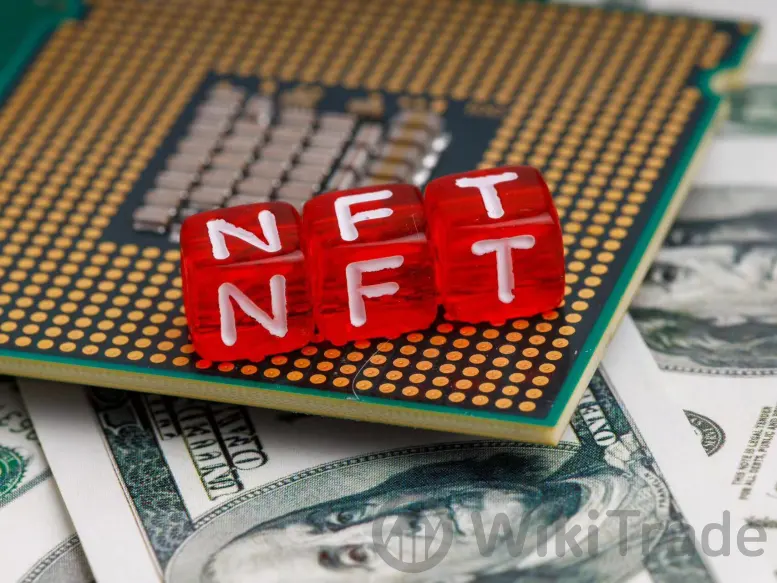Best NFT Minting
Abstract: Welcome to the world of NFTs, where digital art and collectibles are taking the internet by storm. NFTs, or non-fungible tokens, are unique digital assets that can't be exchanged on a like-for-like basis. They're revolutionizing the way we think about ownership and authenticity in the digital realm.
What Are NFTs and Why They Matter
NFTs are digital tokens that prove the authenticity and ownership of a unique item or piece of content. They're stored on a blockchain, which is a decentralized digital ledger. This technology took off in 2017 with CryptoKitties, a game where you could collect and trade unique digital cats as NFTs. Since then, NFTs have expanded into art, music, videos, and even virtual real estate.

The Role of NFT Minting
Minting an NFT is like creating a digital certificate of authenticity for your work. It allows artists to tokenize their creations, establish provenance, and monetize their digital assets. This process democratizes art ownership, empowering creators and changing the art market landscape.

What Makes a Great NFT Minting Platform
When choosing an NFT minting platform, look for these key features:
- Security Protocols: A good platform will use blockchain technology to ensure secure transactions and protect intellectual property rights.
- User Interface: An intuitive interface makes the minting process accessible, even if you're not tech-savvy.
- Customization Options: The ability to tailor your NFT to your needs, including rarity levels and interactive features, can enhance its market appeal.

Comparing Top NFT Minting Platforms
Let's take a look at some of the leading platforms across different blockchain ecosystems:
- Ethereum-based: Ethereum is the most popular blockchain for NFTs. Platforms like OpenSea and Rarible offer comprehensive NFT creation and trading experiences.
- Polygon (MATIC) Network: Polygon addresses Ethereum's scalability issues, offering lower transaction costs and faster confirmations. Platforms like Aavegotchi and Decentraland leverage this network for their NFT offerings.
- Solana-based: Solana is known for its high-speed transactions and lower fees. Platforms like Solible and Metaplex provide customizable NFT minting solutions on the Solana blockchain.

Factors to Consider When Choosing a Platform
Beyond the blockchain, consider factors like gas fees, community support, and the platform's reputation. A platform's longevity in the market indicates sustained development and support.

Best Practices for NFT Minting
Minting an NFT involves several steps:
- Creation: Start with a unique digital asset.
- Tokenization: Choose a blockchain platform and mint your asset into an NFT.
- Listing: List your NFT on a marketplace with optimized tags and descriptions.
- Detailed Descriptions: Highlight the uniqueness and story behind your NFT.
- High-Quality Metadata: Use high-resolution files to showcase your NFT.
- Royalties and Licenses: Define royalty percentages and licensing terms.
- Copyright Ownership: Ensure you own the digital creation and it doesn't infringe on copyrights.
- Smart Contracts: Use them to automate royalty payments and enforce intellectual property rights.
- Legal Advice: Consult legal experts to understand regulations regarding NFT transactions.
- Integration with DeFi Protocols: Allowing for fractional ownership and lending.
- Scalability and Sustainability: Addressing issues like network congestion and exploring eco-friendly alternatives.
- Innovations in Token Standards: Enhancing functionality and security.
- What is NFT minting? It's the process of creating and issuing unique digital assets on a blockchain network.
- How do I choose the right NFT minting platform? Consider security, user interface, transaction costs, and community support.
- Are NFTs environmentally friendly? Efforts are being made to address environmental concerns, such as transitioning to more energy-efficient blockchain networks.
- What are gas fees in NFT minting? They're transaction fees paid to miners to validate and process transactions on the blockchain.
- What are the legal considerations when minting NFTs? Verify copyright ownership, define licensing terms, and understand ownership rights.
- How can I ensure the authenticity of an NFT? Choose platforms with robust verification processes and check the immutable ledger of transactions on the blockchain.
- What are the storage options for NFTs? Use digital wallets, consider cold storage for enhanced security, or use platform storage solutions.
- What are the tax implications of minting and selling NFTs? Profits from NFT sales may be subject to income or capital gains tax, and some jurisdictions impose sales tax or VAT.

Tips for Optimizing Metadata and Token Properties

Legal Considerations and Intellectual Property Rights

Future Trends in NFT Minting
The NFT minting landscape is evolving with:
Recap and Future Outlook
Mastering NFT minting involves understanding the process, optimizing metadata, navigating legal complexities, and anticipating future trends. As technology advances, NFTs will play a significant role in digital ownership and the economy.
FAQs




Top News
 WikiTrade
WikiTrade WikiTrade
WikiTrade WikiTrade
WikiTrade WikiTrade
WikiTrade WikiTrade
WikiTrade WikiTrade
WikiTrade WikiTrade
WikiTrade WikiTrade
WikiTrade WikiTrade
WikiTrade WikiTrade
WikiTrade


